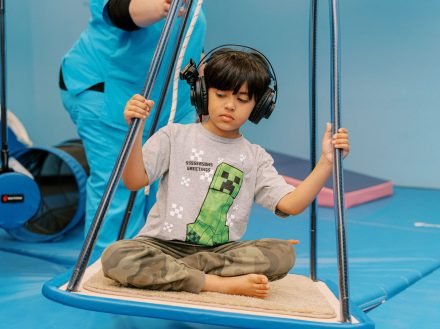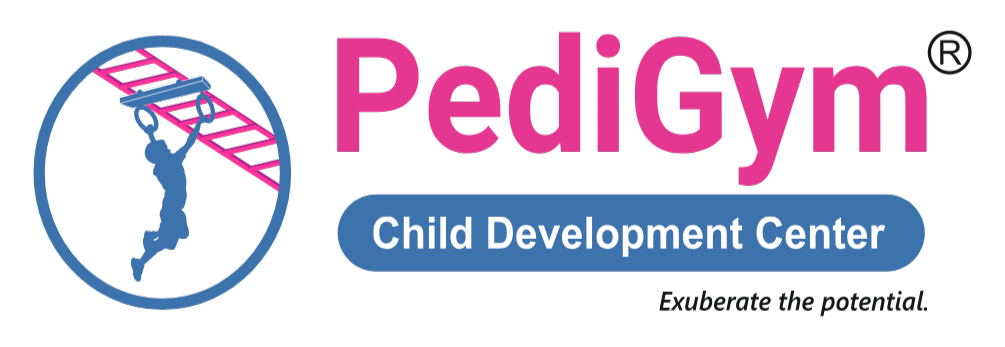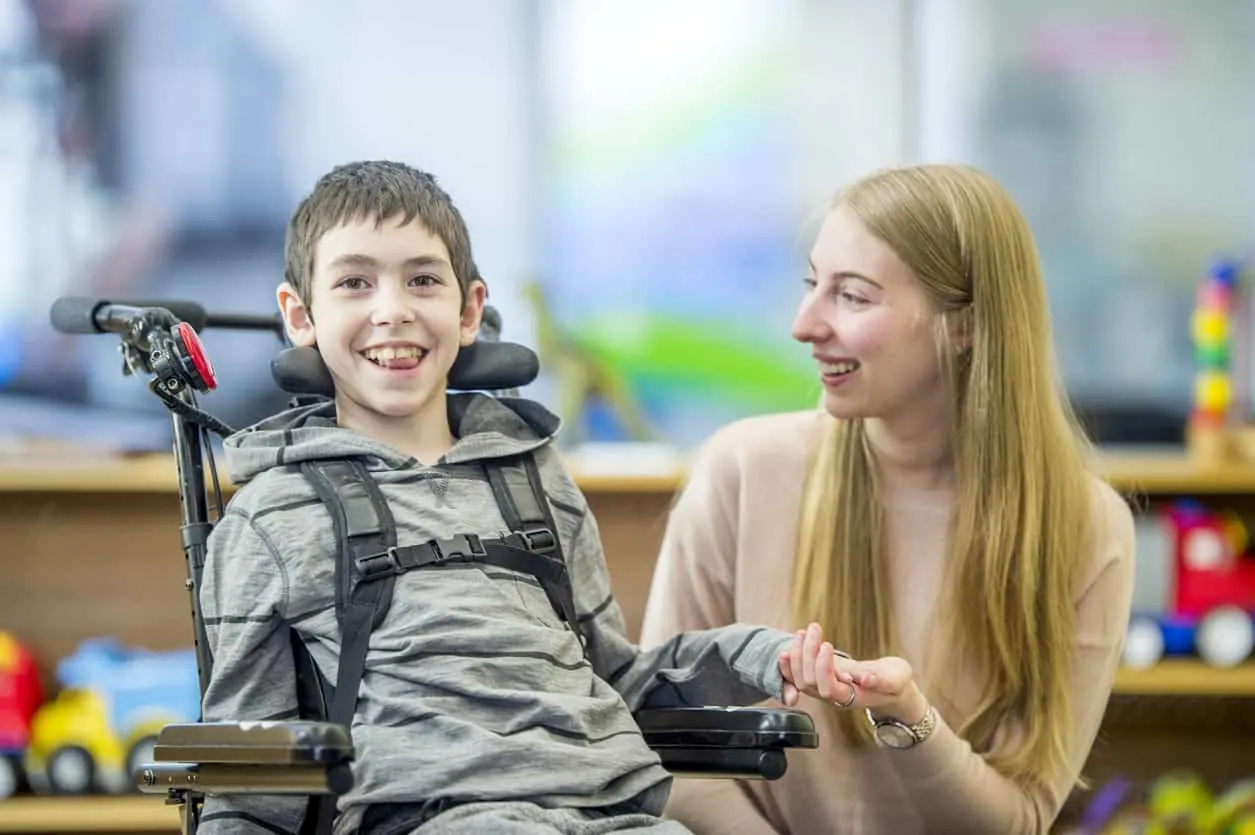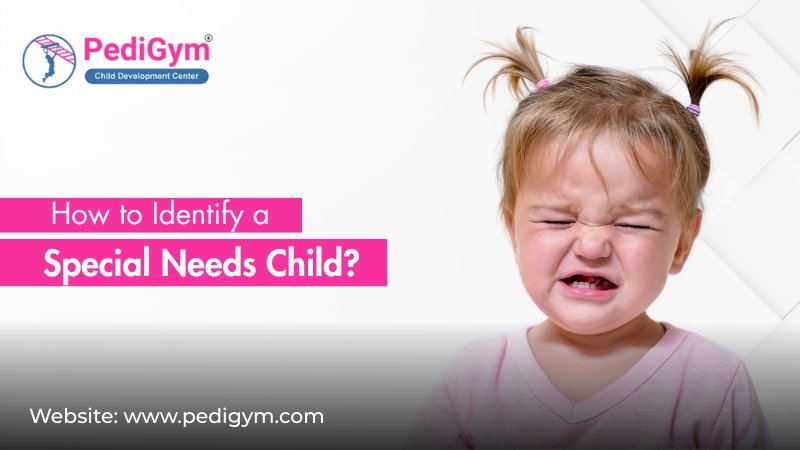Therapeutic Listening is a specialized, evidence-based sound therapy approach designed to help children who face sensory processing challenges, developmental delays, or attention difficulties. It uses specifically modified music played through headphones to activate the auditory system and improve how the brain interprets and responds to sensory input. This method supports better communication between the body and brain, helping children regulate emotions, focus better, and respond appropriately to their environment.
When used as part of an occupational therapy program, therapeutic listening can enhance a child’s overall sensory integration, improve motor coordination, boost attention span, and promote calmness and self-regulation. Over time, children may show improvements in daily activities such as following instructions, social interactions, and academic performance. For many children who struggle with sensory overload, anxiety, or poor concentration, therapeutic listening provides a structured, gentle, and effective pathway to improved functioning and overall well-being.
What Is Therapeutic Listening?
Simply put, therapeutic listening is a sound-based therapy designed to improve how the brain interprets and responds to sounds. It involves listening to specially modified music through high-quality headphones to stimulate the auditory system and enhance brain function.
Unlike ordinary music, therapeutic listening programs use filtered and modulated frequencies to activate the parts of the brain responsible for attention, balance, coordination, and emotional regulation. This helps children build stronger connections between what they hear and how their body reacts. It’s often used as part of a comprehensive sensory integration program led by occupational therapists — especially for children with autism, ADHD, sensory processing disorder, developmental delays, or speech and language difficulties.

The Science Behind Therapeutic Listening
The concept of therapeutic listening is based on neuroscience and sensory integration theory. The auditory system (our sense of hearing) is closely connected to other brain systems that control movement, emotion, and attention. When the brain struggles to organize auditory input, children may have trouble focusing, moving smoothly, or responding appropriately to their environment.
Through specific sound patterns and vibrations, therapeutic listening helps retrain how the brain processes sound frequencies. This improved processing supports better communication between the auditory system and the body’s sensory and motor systems.
How It Works:
- The child listens to specially designed music through high-fidelity headphones.
- The sounds contain subtle frequency variations that engage both low and high auditory pathways.
- These signals help “wake up” underactive areas of the brain and improve the timing and coordination of neural responses.
- Over time, the child becomes more alert, calm, and better able to manage sensory input.
In essence, therapeutic listening rewires the brain to handle sensory information more efficiently.
Why Children Need Therapeutic Listening?
Children with sensory challenges often experience difficulties such as:
- Becoming distressed by everyday sounds (like a blender or vacuum)
- Difficulty understanding verbal instructions
- Trouble maintaining balance or body awareness
- Emotional outbursts or frequent meltdowns
- Poor attention or distractibility
- Delays in speech and language development
These challenges can interfere with daily routines, school participation, and social interaction. Therapeutic listening helps by organizing how the brain receives and responds to auditory and sensory information, which leads to improved focus, calmness, and coordination. At PediGym, our therapists first evaluate your child’s sensory profile and then design a personalized program that may include therapeutic listening as part of a larger therapy plan.
Therapeutic Listening Examples
To understand how this therapy looks in practice, here are some therapeutic listening examples used in real-life sessions:
- Filtered Classical Music:
Classical compositions are filtered through special technology to emphasize certain frequencies that improve focus and body awareness. - Nature-Based Sounds:
Music that integrates gentle waves, rain, or birdsong to help calm an anxious nervous system and promote emotional stability. - Rhythmic and Movement-Based Music:
Soundtracks with rhythmic beats that encourage timing, coordination, and motor planning — perfect for children who need help with balance or sequencing movements. - Therapeutic Listening Albums:
Professionally designed albums, such as those from Vital Links, are customized for various sensory needs — from alerting programs (to increase focus) to calming programs (to support relaxation). - Integrated Sensory Activities:
During listening sessions, children might simultaneously engage in activities like swinging, balancing, yoga poses, or tactile play. This combination reinforces sensory integration at a deeper level.

The Role of the Therapist
A key part of therapeutic listening is the guidance of a trained occupational therapist. The therapist:
- Conducts a thorough sensory evaluation
- Chooses the appropriate listening program based on the child’s needs
- Monitors how the child responds to specific frequencies
- Adjusts the playlist or session duration accordingly
- Combines the auditory program with physical or sensory exercises
At PediGym, our experts ensure each session is both therapeutic and enjoyable, keeping children engaged while tracking measurable progress.
Benefits of Therapeutic Listening
Parents often notice visible improvements after a few weeks of consistent sessions. Some of the most common benefits of therapeutic listening include:
Improved Focus and Attention:
Children can listen better, follow instructions, and stay engaged for longer periods.
Better Emotional Regulation:
It helps children stay calm, reduce anxiety, and manage meltdowns effectively.
Enhanced Speech and Communication:
By improving auditory processing, children can better understand language and express themselves clearly.
Stronger Motor Skills and Coordination:
The therapy improves balance, timing, and rhythm in both fine and gross motor activities.
Improved Social Interaction:
Children become more aware of their surroundings, connect better with peers, and participate more in group activities.
Boosted Confidence and Independence:
As children gain better control of their sensory responses, they feel more capable and confident in daily life.
Duration and Consistency Matter
A typical therapeutic listening program runs for several weeks or months, depending on the child’s goals. Sessions usually last 20–30 minutes, twice a day. Consistency is crucial — just like physical exercise strengthens muscles, sound-based therapy strengthens the brain’s listening and response pathways.
Therapists periodically adjust the music program to ensure continued progress and prevent sensory fatigue. Parents may also be trained to support listening activities at home for continuity.
Who Can Benefit from Therapeutic Listening?
Therapeutic listening can help children who have:
- Autism Spectrum Disorder (ASD)
- Sensory Processing Disorder (SPD)
- ADHD or Attention Difficulties
- Speech and Language Delays
- Developmental Coordination Disorder (DCD)
- Emotional or Behavioral Regulation Issues
- Learning Disabilities
Even children without formal diagnoses but who struggle with attention or sensory overload can benefit from this program.
Why Choose PediGym for Therapeutic Listening?
At PediGym, we believe every child deserves the chance to thrive in their own unique way. Our center offers a child-friendly, sensory-safe environment where kids feel comfortable and motivated to participate.
Here’s what sets us apart:
- Certified and experienced occupational therapists trained in therapeutic listening techniques.
- Individualized programs tailored to your child’s developmental profile.
- Integration with speech therapy, physical therapy, and sensory play activities.
- Continuous progress tracking and parent guidance.
We work closely with families to ensure that the therapy benefits extend beyond the clinic — into the child’s home, school, and social life.
Tips for Parents
If your child is undergoing , here are some tips to maximize results:
- Maintain a quiet environment during therapeutic listening sessions.
- Observe behavioral changes and share them with your therapist.
- Keep sessions consistent — missing days can slow progress.
- Encourage calm activities like drawing or gentle play while listening.
- Be patient — improvement often happens gradually but steadily.
With consistent practice and professional guidance, you’ll begin to notice your child becoming calmer, more focused, and more confident.
Conclusion
Therapeutic listening is more than just music — it’s a scientifically designed tool that helps children make sense of their sensory world. By retraining the brain’s response to sound, it strengthens attention, coordination, and emotional control.If you’re a parent wondering, Could therapeutic listening help my child? — the answer is likely yes, especially if your child struggles with sensory, communication, or focus challenges.
At PediGym, we specialize in guiding children through their developmental journeys using proven methods like therapeutic listening. Contact us today to learn more about our therapy programs and how we can support your child’s growth — one sound at a time.




